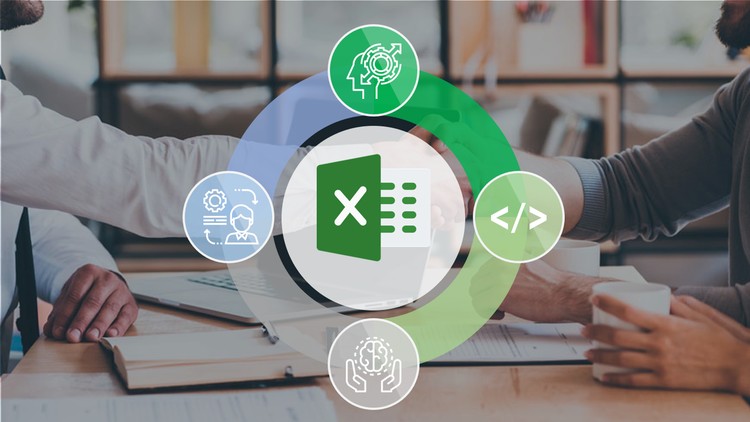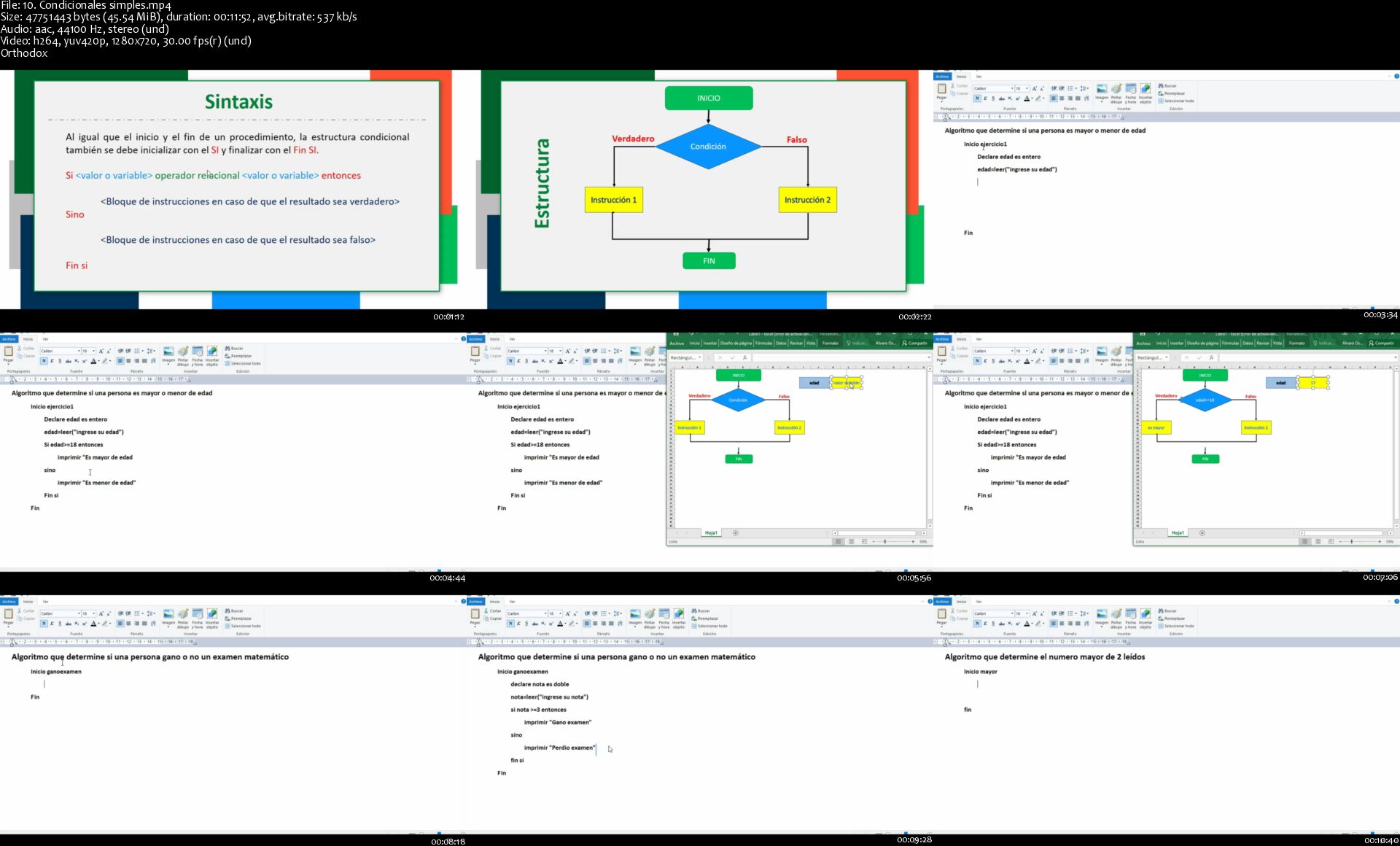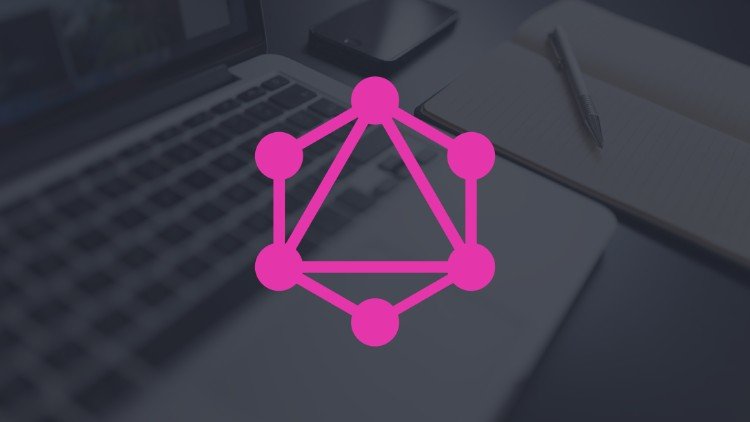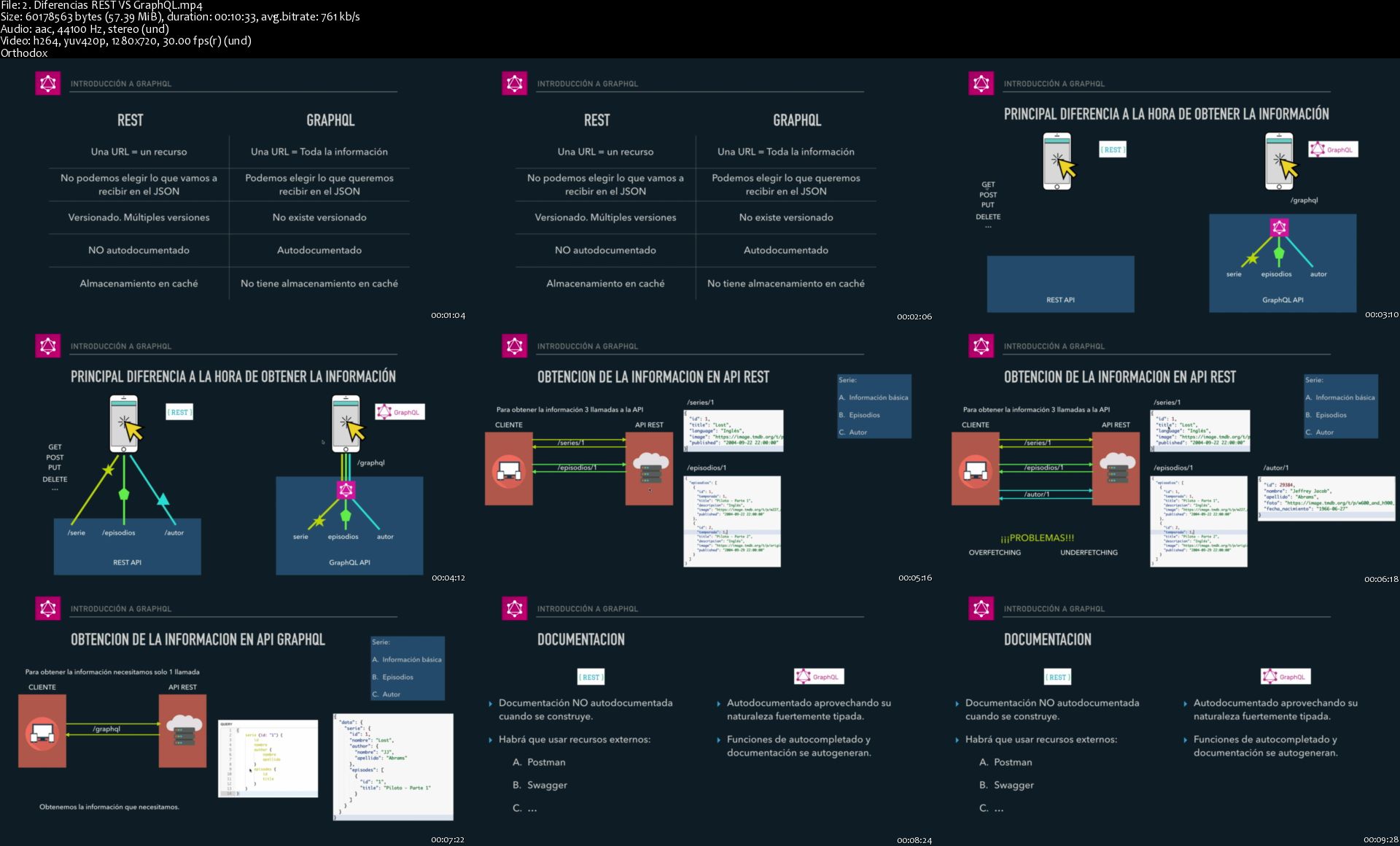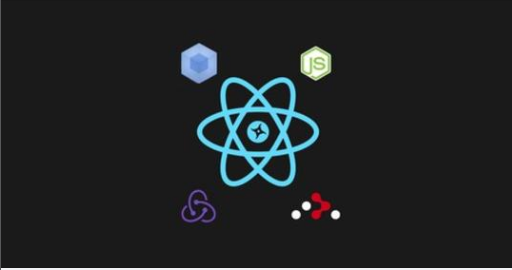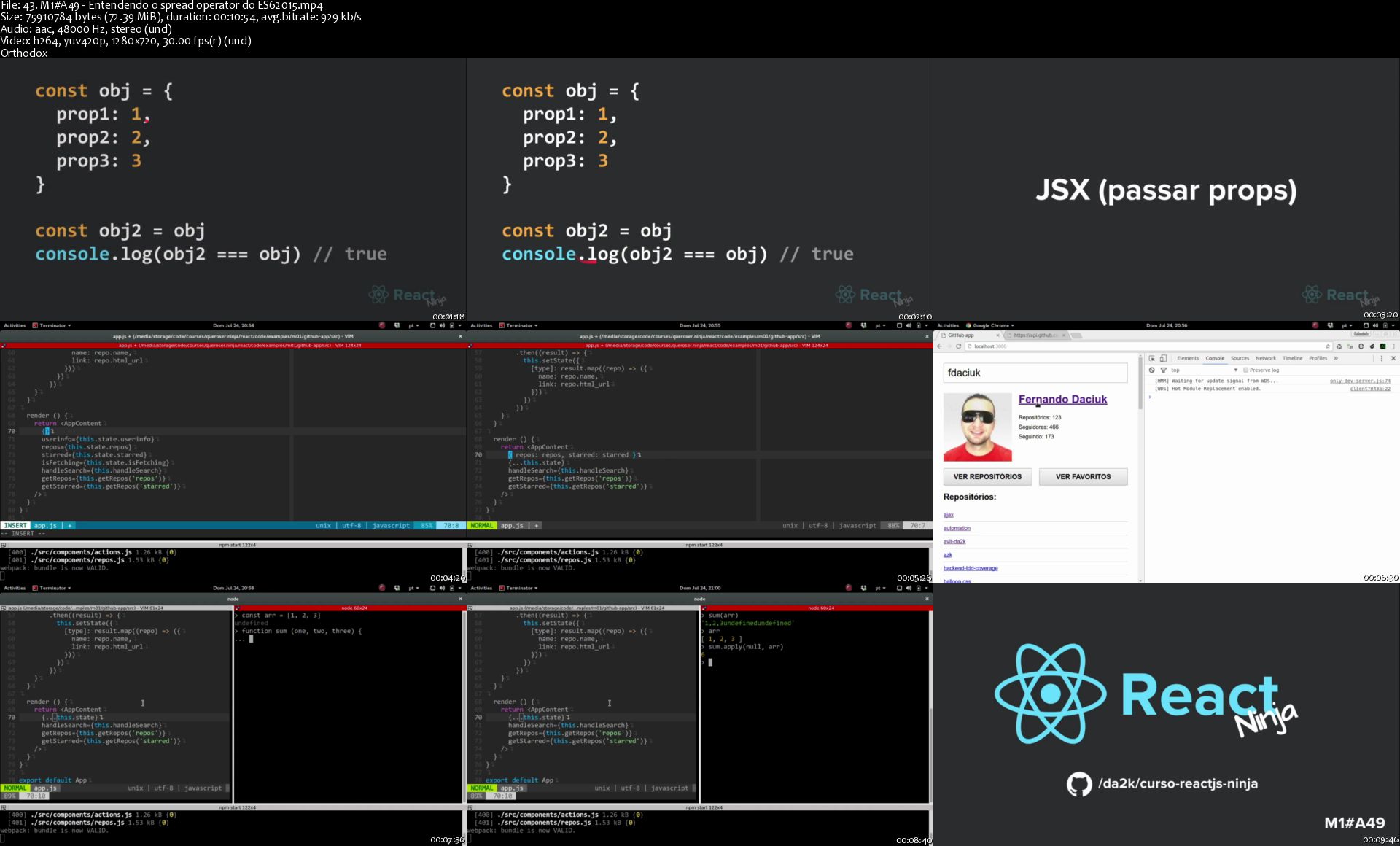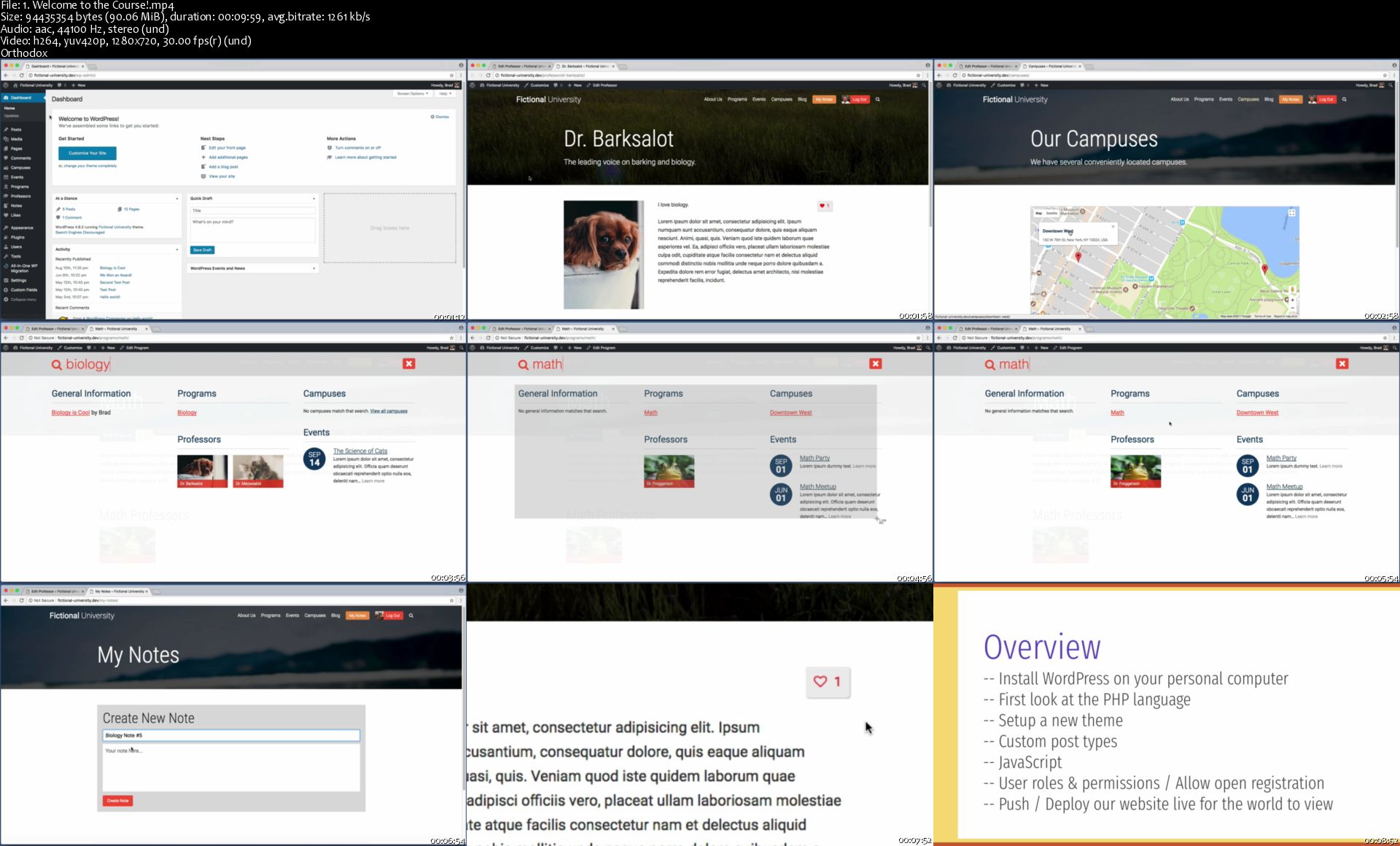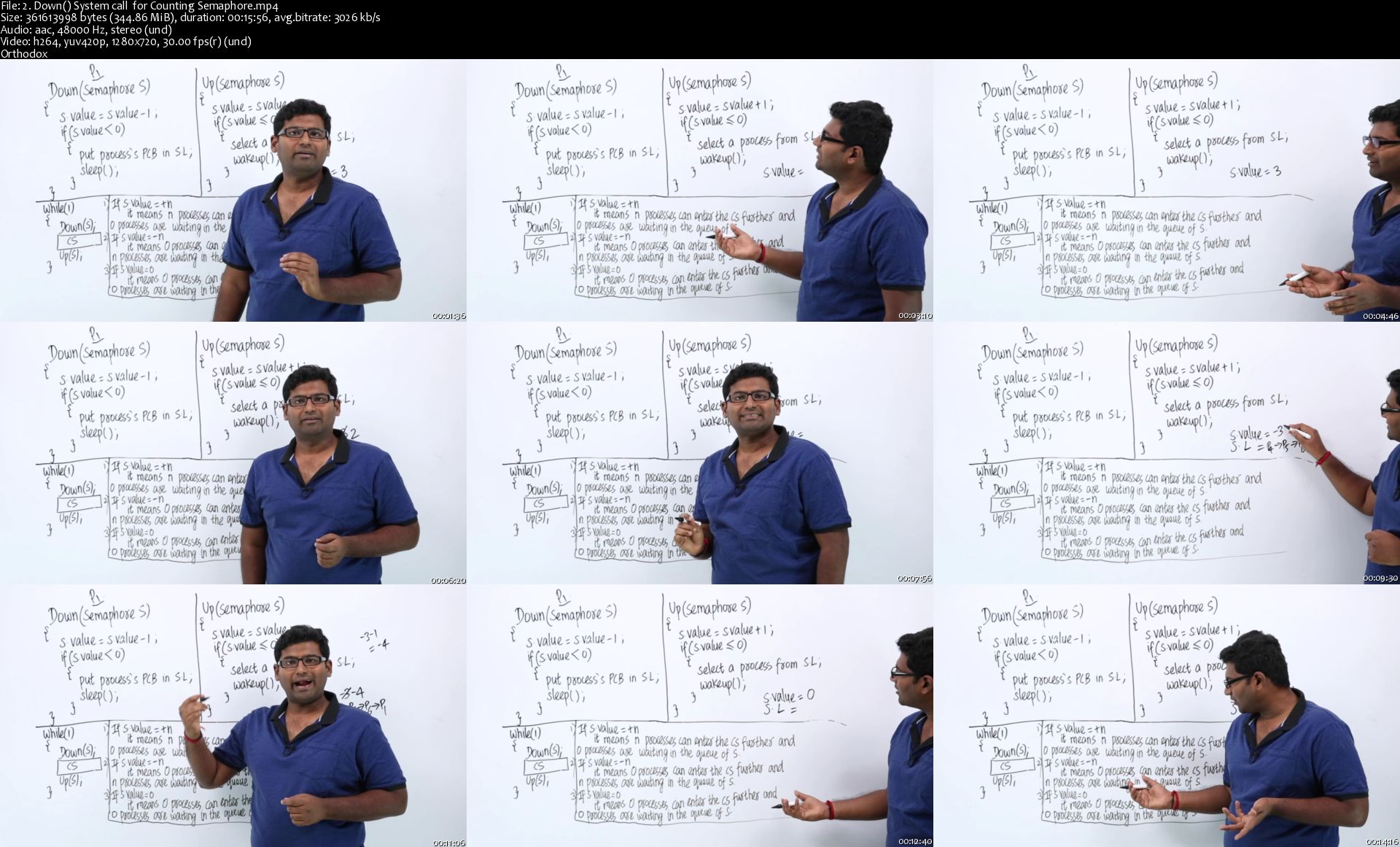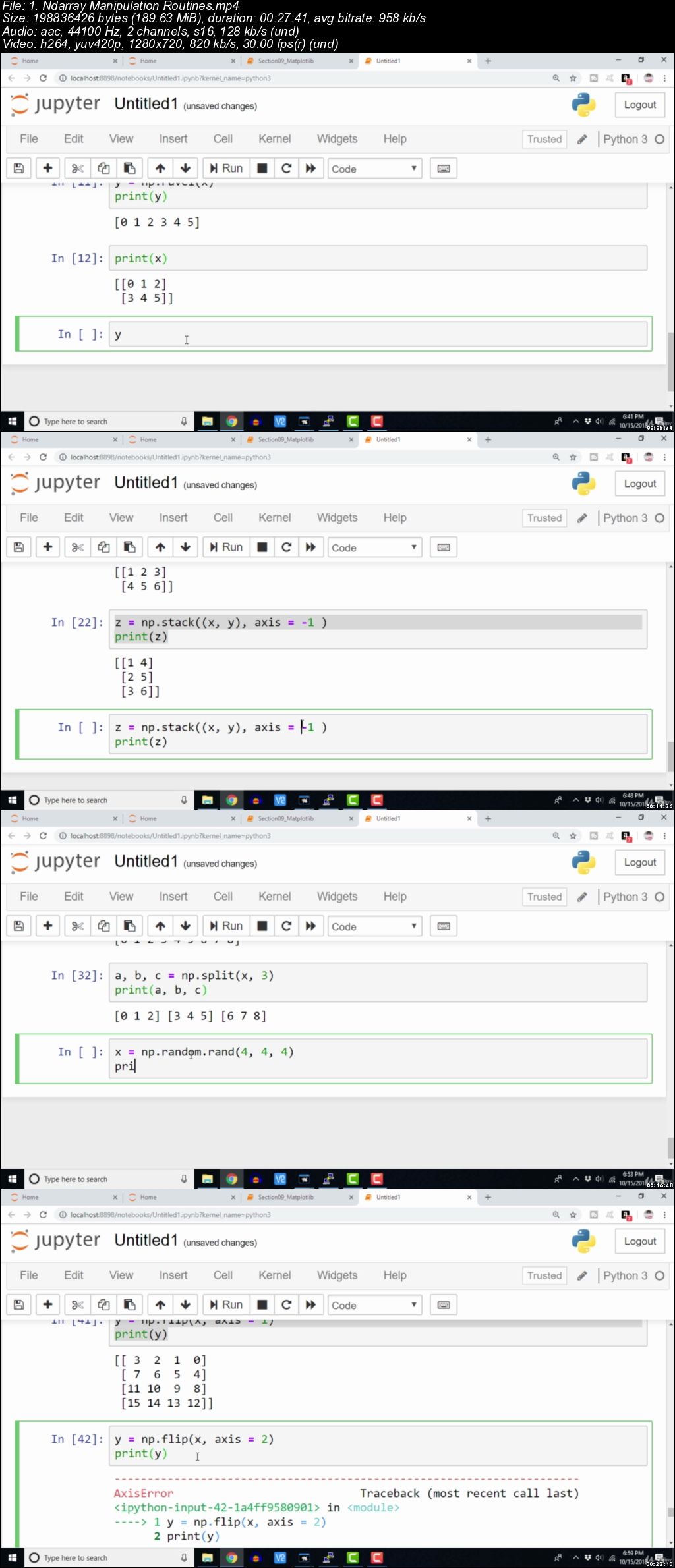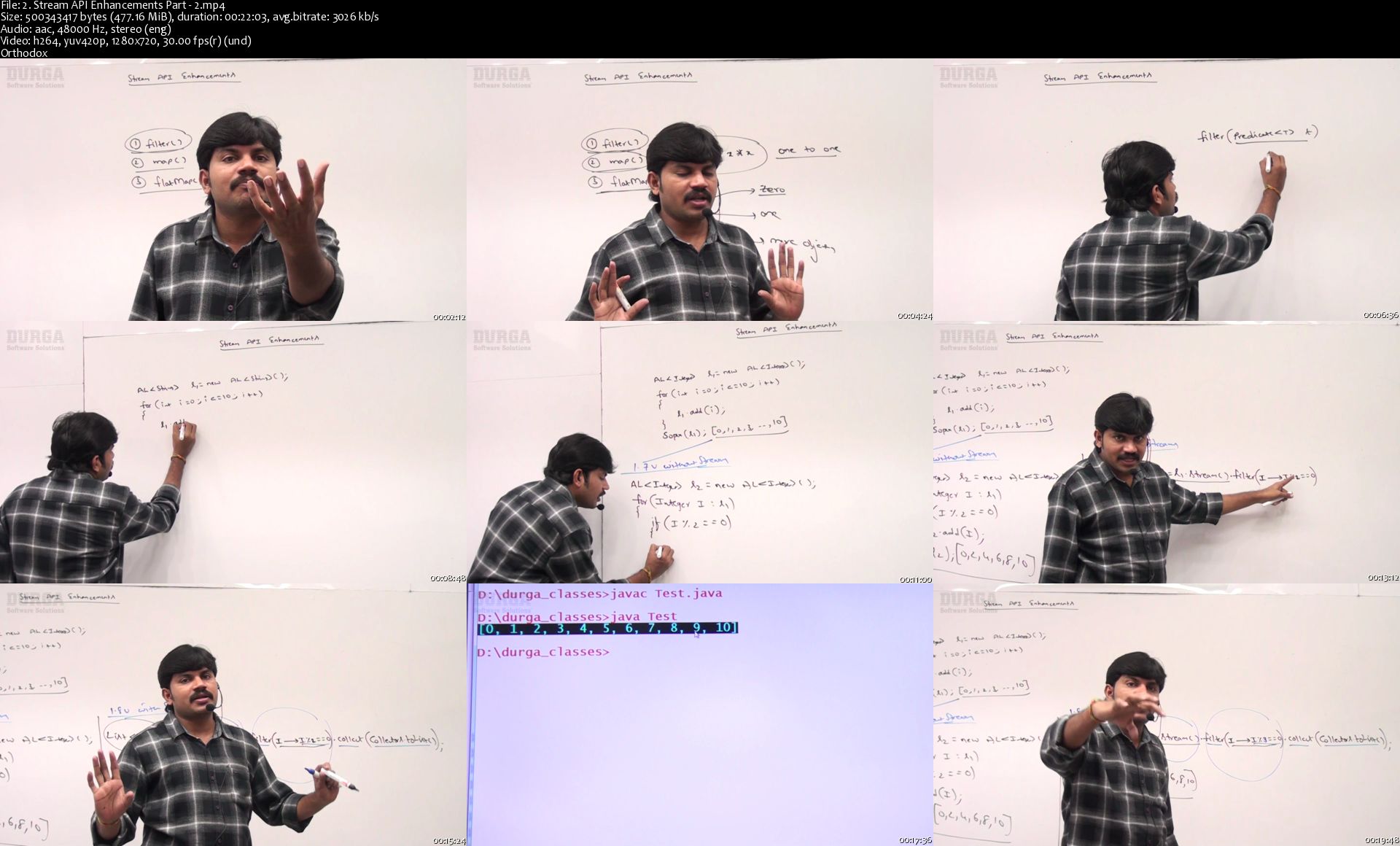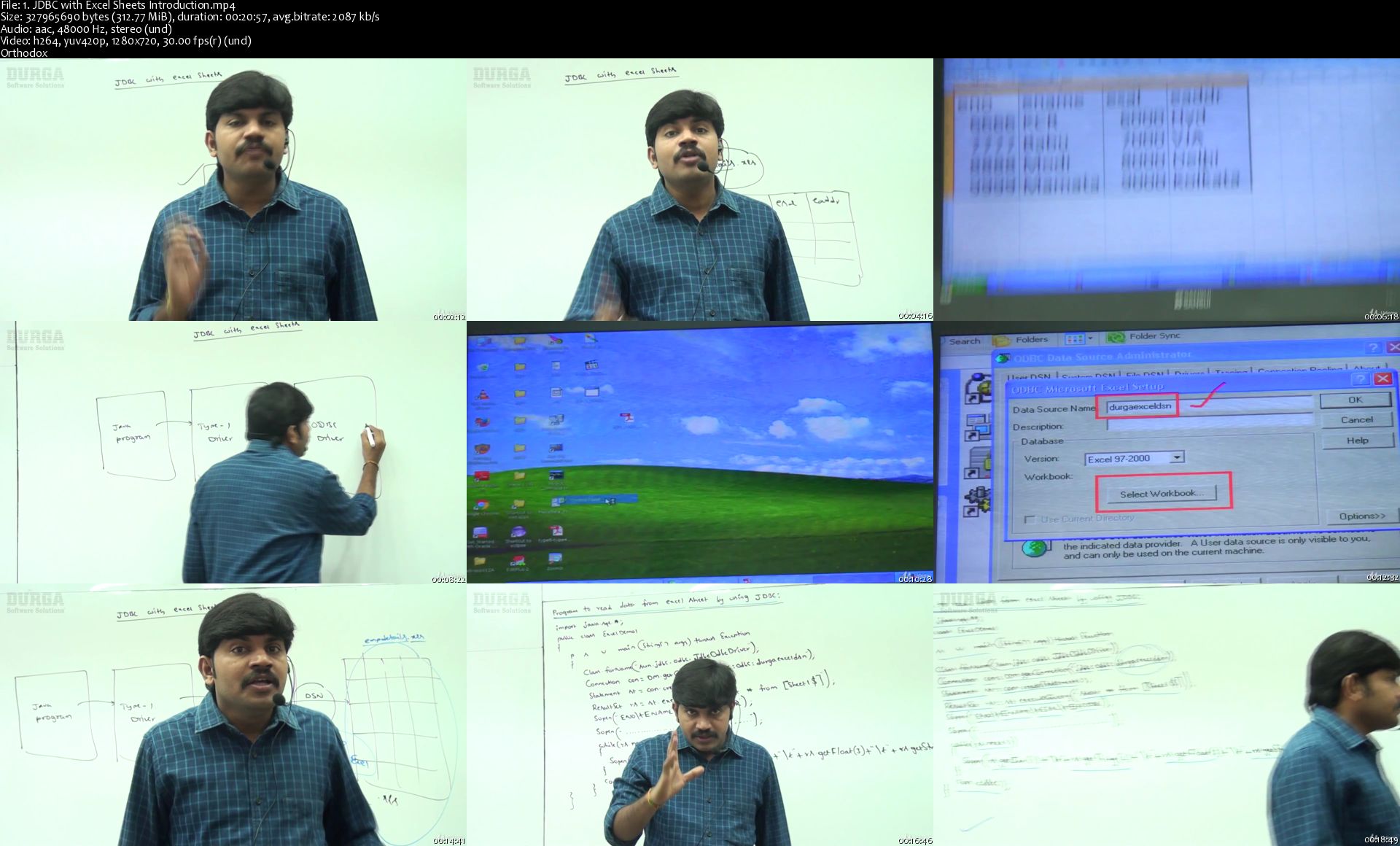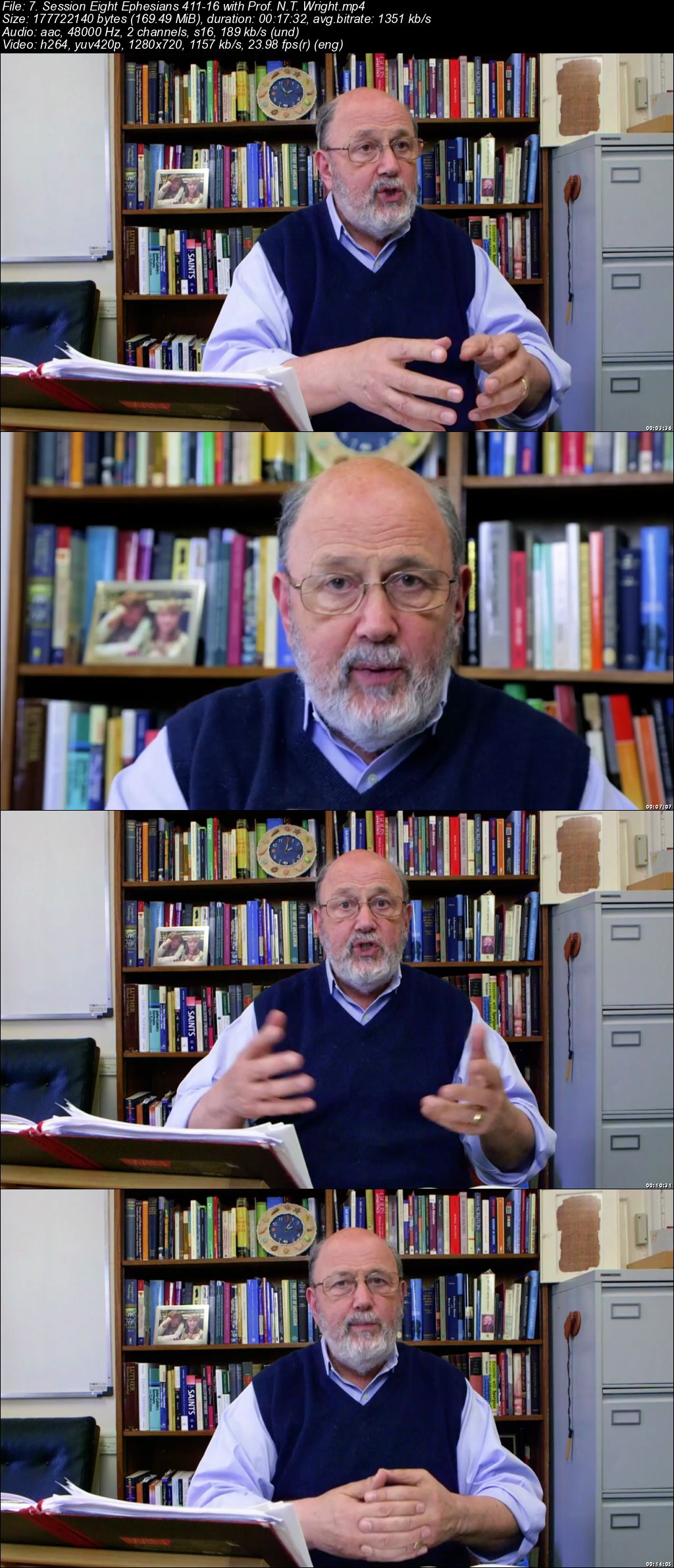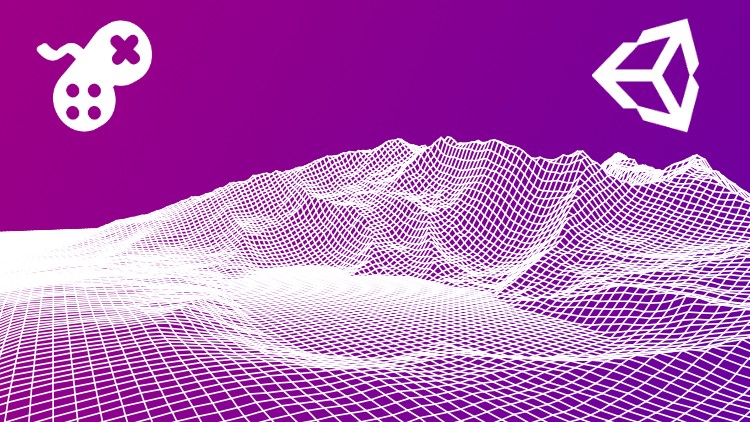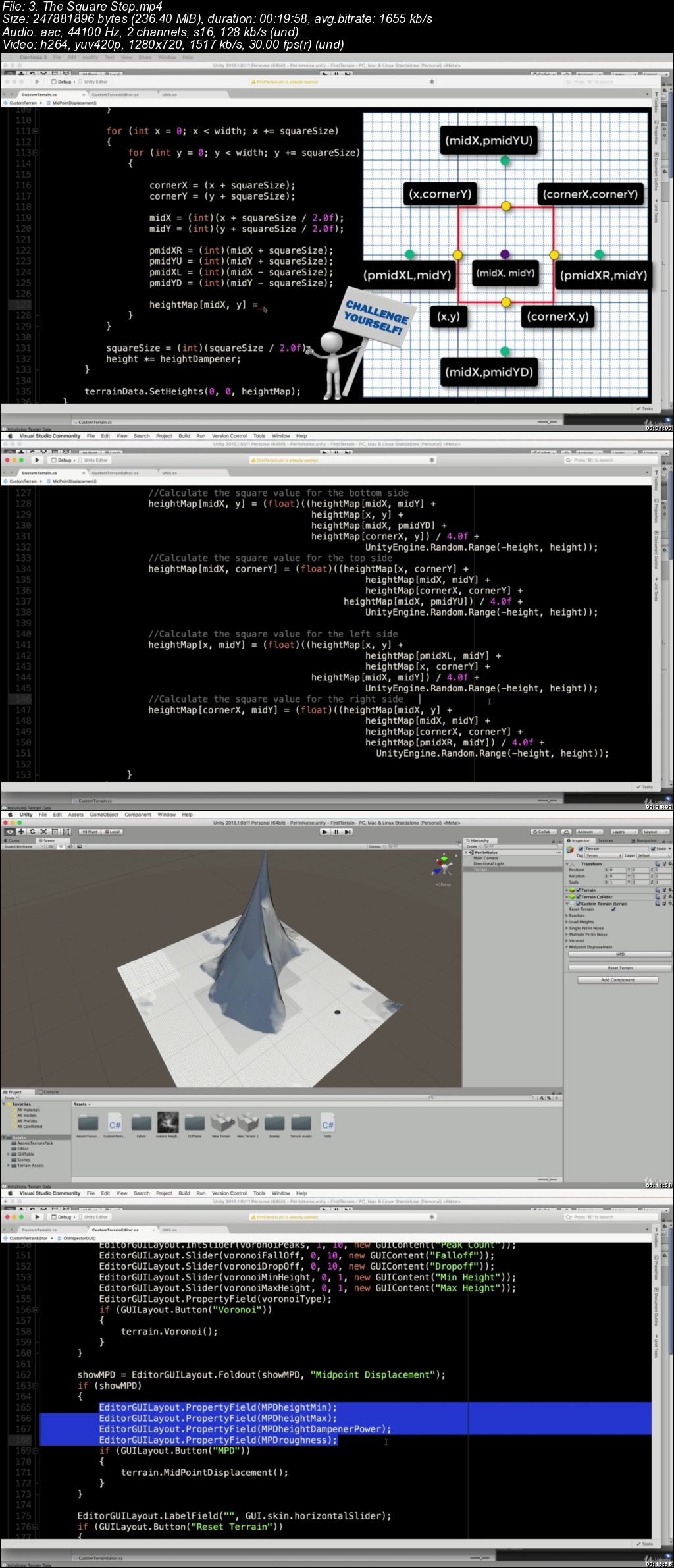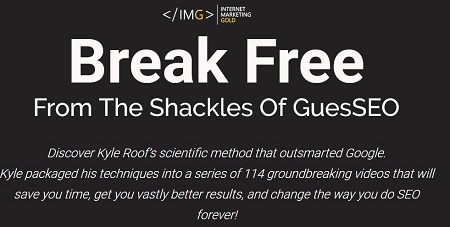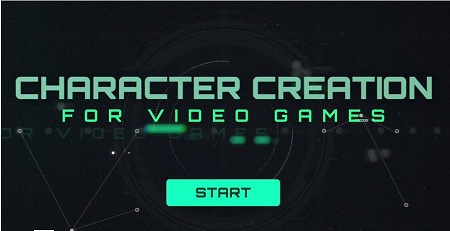GraphQL con Angular de 0 a Experto. JWT, Sockets, MongoDB
GraphQL con Angular de 0 a Experto. JWT, Sockets, MongoDB
Created by Anartz Mugika Ledo | Video: h264, 1280x720 | Audio: AAC 48KHz 2ch | Duration: 22:02 H/M | Lec: 272 | 10.7 GB | Language: Spanish | Sub: Spanish [Auto-generated]
GraphQL con Angular desde 0 a Experto paso a paso. Apollo Client, JWT, App en tiempo real, MongoDB, Heroku, Postman
What you'll learn
Crear aplicaciones completas con Angular, Apollo y GraphQL
Crear sistemas de login / registro con JWT (JSON Web Tokens) en una API de GraphQL
Crear APIs GraphQL consumiendo APIs REST mediante la librería Apollo DataSource Rest
Crear aplicaciones Fullstack desde el Frontend hasta el Backend con Typescript
Publicar proyectos Frontend y Backend desarrollados en producción con Heroku
Como crear un schema en GraphQL siguiendo las convenciones y reglas
Aplicaciones con actualizaciones en tiempo real con Subscriptions haciendo uso de los Web Socket
Consumir APIs de GraphQL con POSTMAN
Conocer más sobre MongoDB mediante el Shell de Mongo y MongoDB Compass para ser capaces de trabajar en una aplicación GraphQL con Base de datos MongoDB
Requirements
Tener muchas ganas de aprender, eso es lo principal
Conocimientos básicos de Javascript
Conocimientos básicos de Typescript
No se necesita saber nada sobre GraphQL o Apollo Client / Server
Conocimientos básicos de Angular. Ser capaces de trabajar con una aplicación y tener claros los conceptos de componentes, servicios, pipes, directivas y módulos relacionados a un proyecto
Description
Bienvenido/a a GraphQL con Angular de 0 a Experto. JWT, Sockets, MongoDB, en el que aprenderemos a desarrollar APIs con GraphQL mediante Node.js y Typescript en la parte Backend y en cuanto al Frontend vamos a aprender a consumir nuestras APIs en GraphQL en el Framework Angular con Apollo Client.
GraphQL es un lenguaje de queries que te permite definir qué datos pedirle a un API. Se trata de una tecnología que Facebook publicó en el año 2015, después de usarlo como herramienta interna desde el año 2012.
Es una de las alternativas que han surgido para solucionar la mayor parte de los problemas que se dan en el uso de una API REST. Uno de esos problemas puede ser tener que realizar múltiples llamadas para obtener una información o que la información que se ha obtenido tiene datos que no vamos a utilizar, entre otras muchas cosas
¿De qué trata el curso?
El objetivo principal del curso es claro: aprender a crear APIs en GraphQL con NodeJS y Typescript desde un "hola mundo" hasta un sistema de votaciones en tiempo real donde añadiremos JWT, Sockets, MongoDB.
Obtenemos los conocimientos de GraphQL desde 0, hacemos una comparativa GraphQL VS REST para entender como funciona y vamos paso a paso aprendiendo a base de proyectos hasta convertirnos unos expertos.
Como añadido con el objetivo de darle un carácter Fullstack consumiendo y creando aplicaciones en Angular, donde trabajaremos con la información de esas APIs desarroladas en el curso, hasta conseguir publicar estos proyectos en producción con Heroku.
Es evidente que las limitaciones de REST han dado origen a GraphQL y muchos equipos ven a esta herramienta como aquella alternativa, o solución cuando el tiempo es importante, puesto que tu API es un servicio desechable y solamente un cliente la va a consumir. Otros la ven como el futuro de las APIs sobretodo por su flexibilidad y consistencia entre las APIs.
¿Cuál es la razón de crear este curso?
Al ser una manera diferente de trabajar respecto a REST a muchas/os profesionales nos da miedo meternos en algo diferente. Esa es la principal razón por la que se ha creado este curso, para mostrar hay otras alternativas para el desarrollo de APIs.
Aunque ya lleve unos años entre nosotros, la información está bastante desperdigada y eso supone que tenemos que invertir un tiempo que nos pueda resultar necesario en investigar en la red para buscar lo que necesitamos.
Por ello, en este curso se intenta englobar todo lo que se puede considerar indispensable saber, empezando desde 0 hasta obtener conocimientos avanzados que nos permitirán ser capaces de trabajar con cualquier reto que nos propongamos trabajando con esta tecnología.
¿Qué aprenderemos durante el curso?
Empezamos de 0 y paso a paso siguiendo una curva de aprendizaje lógica y ascendente, donde podemos encontrar:
Introducción a GraphQL: ¿Qué es GraphQL? / Comparativa GraphQL VS REST / Ejemplo práctico GraphQL y REST.
Schemas GraphQL - Type System: Crear schemas siguiendo las reglas y convenciones recomendadas.
GraphQL Playground Apollo Server: Obtenemos conocimientos básicos para probar APIs GraphQL con el Playground de Apollo Server.
APIs GraphQL: Desarrollo de proyectos desde un "hola mundo" hasta un sistema de votaciones en tiempo real con NodeJS, Typescript y Apollo Server Express.
API GraphQL en POSTMAN: Aprenderemos a consumir APIs GraphQL paso a paso desde 0.
MongoDB: Nociones básicas para trabajar con Bases de Datos de MongoDB con Mongo Shell y MongoDB Compass.
MongoDB Atlas: Trabajar con Bases de Datos MongoDB en la nube.
JWT: JSON Web Tokens. Sistema de autenticación completo en GraphQL con base de datos MongoDB.
Angular: Crearemos aplicaciones Angular que consumen las APIs GraphQL mediante el Apollo Client.
Heroku: Publicar APIs GraphQL (Backend) y Aplicaciones Angular (Frontend).
Apollo Datasource REST: Crear nuestra propia API con GraphQL haciendo uso de una API REST para beneficiarnos de las características de GraphQL.
Documentación: Documentar los proyectos en formato markdown para tener + información de los recursos de la API.
Durante las más de 21 horas del curso veremos todo lo relacionado al desarrollo de APIs y sus herramientas complementarias, haciendo todo el proceso muy práctico y con una curva de aprendizaje lógica y ascendente, donde vamos a obtener unos conocimientos Fullstack acerca de esta materia.
Se tratarán todos los temas paso a paso y poco a poco hasta conseguir un buen nivel en los diferentes aspectos descritos anteriormente.
Con el objetivo de aprovechar al 100% el curso, te recomiendo tener conocimientos básicos de Git, Javascript, Typescript y en el desarrollo de Angular. Aun así, no os preocupéis, ya que los proyectos los iremos desarrollando poco a poco y no es necesario conocimientos avanzados.
El código del curso está 100% accesible en Github y también para su descarga en los apartados correspondientes a las clases del curso.
Habrá también actualizaciones periódicas con nuevo contenido propuesto, como pueden ser proyectos y retos.
Y una de las cosas más importantes, tendréis apoyo, soporte y toda la ayuda de manera rápida y eficaz, siendo el tiempo de respuesta lo más reducido posible para que la experiencia del curso sea lo más agradable posible y se aprenda mucho

Si quieres ser un experto desarrollador de APIs GraphQL y quieres obtener los conocimientos necesarios para trabajar con el Apollo Client (en este caso con el Framework Angular) sin tener ninguna noción básica sobre ello, este es tu curso, en el que vas a conseguir aprender a trabajar de otra forma a la hora de desarrollar tus proyectos de API, a medida que vas mejorando como profesional.
La metodología de aprendizaje es la siguiente:
Todo explicado desde cero y paso a paso.
Combinación teórico / práctica.
7 proyectos completos escritos desde 0 en el que se intenta tocar los aspectos más importantes
Más de 260 clases explicadas al detalle.
Más de 21 horas de contenido en video.
Orden lógico y progresivo, para que el aprendizaje no nos resulte frustrante y veamos progresos a medida que avanzamos.
Retos prácticos para trabajar más con lo que vamos aprendiendo.
Soporte completo sobre el contenido del curso y orientación en los retos propuestos.
Actualizaciones periódicas con nuevo contenido propuesto como proyectos y retos
Al finalizar el curso seremos capaces de:
Crear y definir Schemas completos aplicando buenas prácticas.
Crear APIs GraphQL completas con JWT, Base de datos MongoDB, conexiones Web Sockets mediante subscriptions.
Crear APIs GraphQL consumiendo desde una API REST con la librería Apollo Datasource REST.
Crear aplicaciones Angular completas paso a paso que consumirán la información de la API GraphQL mediante Apollo Client.
Trabajar con Bases de datos MongoDB con soltura.
Consumir APIs de GraphQL con Postman.
Publicar nuestros proyectos en Heroku.
Y mucho más.
Who this course is for?
Estudiantes de Formación Profesional de ramas de desarrollo e informática
Estudiantes universitarios del ámbito de sofware / informática
Autodidactas y apasionados por el desarrollo
Desarrolladores Web Frontend
Desarrolladores Web Backend
Desarrolladores Aplicaciones Móvil
Homepage
